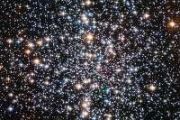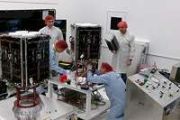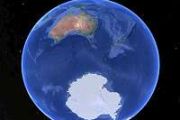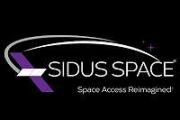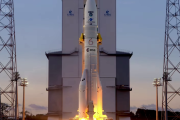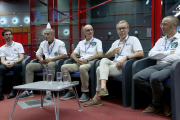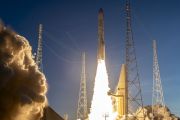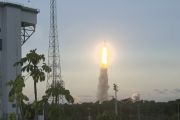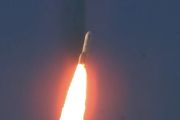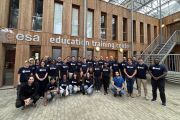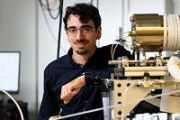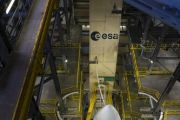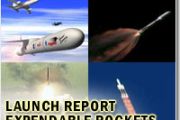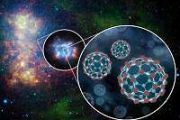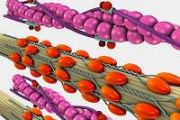
Copernical Team
The solar wind, explained

The solar wind is a flow of particles that comes off the sun at about one million miles per hour and travels throughout the entire solar system. First proposed in the 1950s by University of Chicago physicist Eugene Parker, the solar wind is visible in the halo around the sun during an eclipse and sometimes when the particles hit the Earth's atmosphere—as the aurora borealis, or northern lights.
While the solar wind protects Earth from other harmful particles coming from space, storms can also threaten our satellite and communications networks.
What is the solar wind?
The surface of the sun is blisteringly hot at 6,000 degrees Fahrenheit—but its atmosphere, called the corona, is more than a thousand times hotter. It is also incredibly active; those flares and loops are the halo you see around the sun when there's an eclipse.
The corona is so hot that the sun's gravity can't hold it, so particles are flung off into space and travel throughout the solar system in every direction. As the sun spins, burns and burps, it creates complex swirls and eddies of particles. These particles, mostly protons and electrons, are traveling about a million miles per hour as they pass Earth.
A dose of Moonlight: A mission to to provide telecommunications and navigation services for the Moon
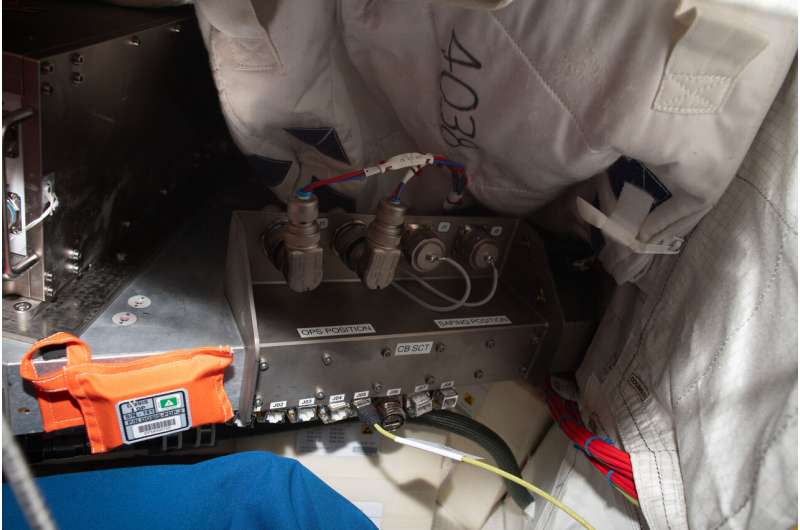
An orange pouch and a yellow cable are paving the way for missions to the moon. By monitoring space radiation and enabling faster communications, the Dosis-3D experiment and the Columbus Ka-band or ColKa terminal, respectively, are providing the insights needed to enable safer missions father out in space.
Orange Dosis-3D pouches are everywhere in the Columbus laboratory on the International Space Station. A series of active and passive dosimeters, they measure space radiation inside the module as well as how it penetrates the Space Station's walls.
Radiation levels in space are up to 15 times higher than on Earth. As soon as humans leave the protective shield that is Earth's atmosphere, space radiation becomes a serious concern.
The Columbus module is monitored by 11 passive dosimeters. The dosimeters are about the size of a pack of playing cards and attach to the walls of Columbus with Velcro. The detectors record how much radiation has been absorbed in total during the period they are in space.
This experiment has been monitoring radiation levels for a number of years and after each six-month crew rotation, the detectors are replaced to record changes in radiation.
How the habitability of exoplanets is influenced by their rocks
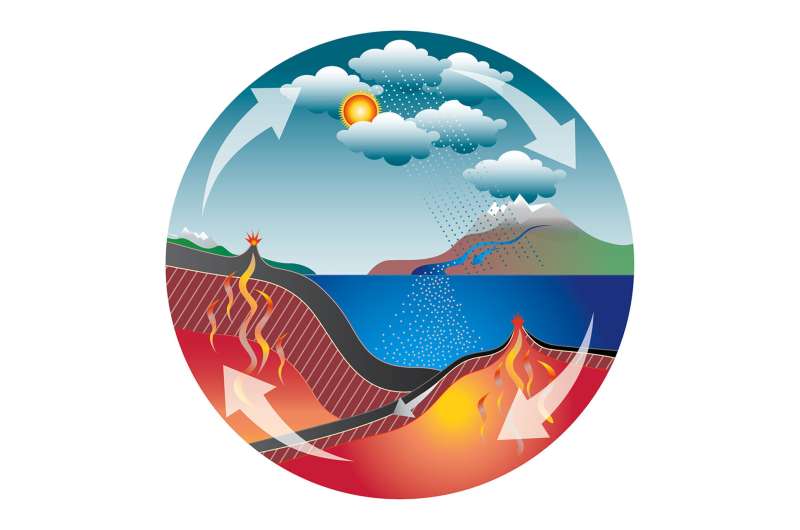
The weathering of silicate rocks plays an important role to keep the climate on Earth clement. Scientists led by the University of Bern and the Swiss national center of competence in research (NCCR) PlanetS, investigated the general principles of this process. Their results could influence how we interpret the signals from distant worlds—including such that may hint towards life.
The conditions on Earth are ideal for life. Most places on our planet are neither too hot nor too cold and offer liquid water. These and other requirements for life, however, delicately depend on the right composition of the atmosphere.
Gravity mission still unearthing hidden secrets
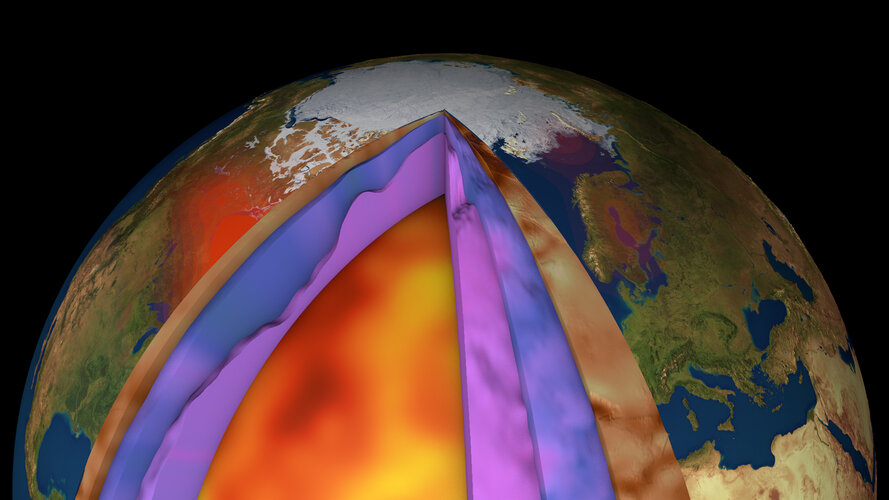
Despite ESA’s GOCE mission ending over seven years ago, scientists continue to use this remarkable satellite’s gravity data to delve deep and unearth secrets about our planet. Recent research shows how scientists have combined GOCE data with measurements taken at the surface to generate a new model of Earth’s crust and upper mantle. This is the first time such a model has been created this way – and it is shedding new light on processes of plate tectonics, which, in turn, are related to phenomena such as earthquakes and volcanic eruptions.
ESA defines elements of future European space transportation solutions
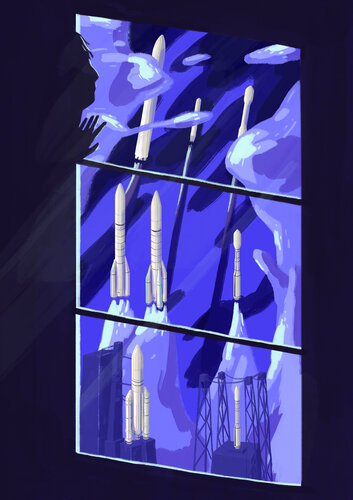
China advances space cooperation in 2020: blue book
 China actively promoted international space cooperation in 2020, offering satellite exports and launches, cooperative research and application services to the world, according to a recent report on China's aerospace industry.
By the end of last year, 51 Chinese rockets had launched 59 foreign commercial satellites into space, said the 2020 Blue Book of China Aerospace Science and Technolog
China actively promoted international space cooperation in 2020, offering satellite exports and launches, cooperative research and application services to the world, according to a recent report on China's aerospace industry.
By the end of last year, 51 Chinese rockets had launched 59 foreign commercial satellites into space, said the 2020 Blue Book of China Aerospace Science and Technolog The Robot will see you now
 In the era of social distancing, using robots for some health care interactions is a promising way to reduce in-person contact between health care workers and sick patients. However, a key question that needs to be answered is how patients will react to a robot entering the exam room.
Researchers from MIT and Brigham and Women's Hospital recently set out to answer that question. In a study
In the era of social distancing, using robots for some health care interactions is a promising way to reduce in-person contact between health care workers and sick patients. However, a key question that needs to be answered is how patients will react to a robot entering the exam room.
Researchers from MIT and Brigham and Women's Hospital recently set out to answer that question. In a study NASA, Blue Origin Partner to bring lunar gravity conditions closer to Earth
 At one-sixth that of Earth, the unique gravity of the lunar surface is one of the many variable conditions that technologies bound for the Moon will need to perform well in. NASA will soon have more options for testing those innovations in lunar gravity thanks to a collaboration with Blue Origin to bring new testing capabilities to the company's New Shepard reusable suborbital rocket system.
At one-sixth that of Earth, the unique gravity of the lunar surface is one of the many variable conditions that technologies bound for the Moon will need to perform well in. NASA will soon have more options for testing those innovations in lunar gravity thanks to a collaboration with Blue Origin to bring new testing capabilities to the company's New Shepard reusable suborbital rocket system. Developing Virtual Partners to Assist Military Personnel
 Increasing worker knowledge, productivity, and efficiency has been a seemingly never ending quest for the military as well as commercial companies. Today, military personnel are expected to perform a growing number of complex tasks while interacting with increasingly sophisticated machines and platforms.
Artificial intelligence (AI) enabled assistants have the potential to aid users as the
Increasing worker knowledge, productivity, and efficiency has been a seemingly never ending quest for the military as well as commercial companies. Today, military personnel are expected to perform a growing number of complex tasks while interacting with increasingly sophisticated machines and platforms.
Artificial intelligence (AI) enabled assistants have the potential to aid users as the Exotrail signs license with Thales Alenia Space for ExoOPS
 Exotrail signed a license contract with Thales Alenia Space for ExoOPS, its simulation and operation software dedicated to space mobility.
Thales Alenia Space, Joint Venture between Thales (67%) and Leonardo (33%), becomes a customer of ExoOPS - Mission Design. Thales Alenia Space and Exotrail signed the contract in January. ExoOPS - Mission Design is Exotrail's simulation and mission desi
Exotrail signed a license contract with Thales Alenia Space for ExoOPS, its simulation and operation software dedicated to space mobility.
Thales Alenia Space, Joint Venture between Thales (67%) and Leonardo (33%), becomes a customer of ExoOPS - Mission Design. Thales Alenia Space and Exotrail signed the contract in January. ExoOPS - Mission Design is Exotrail's simulation and mission desi 




